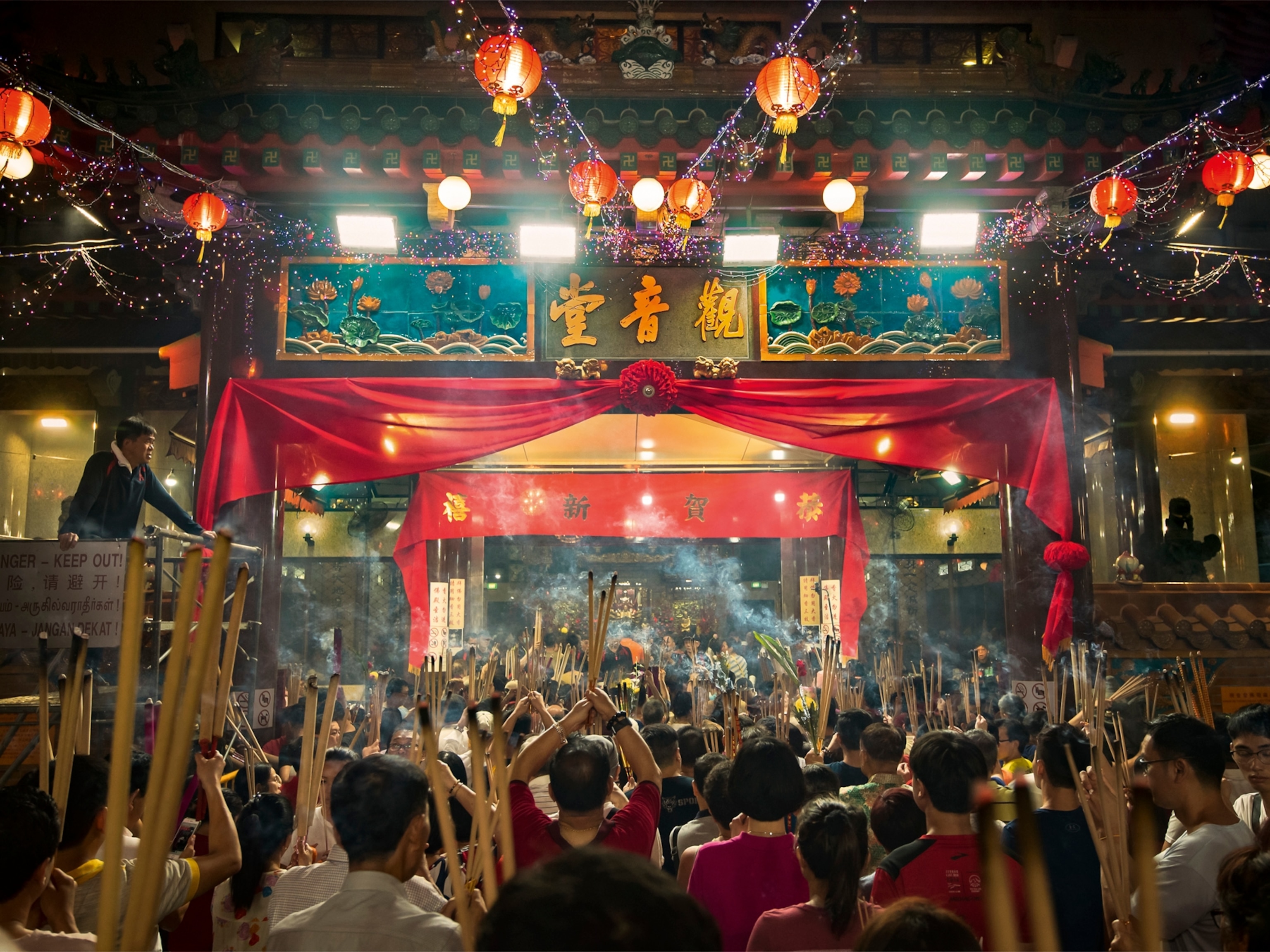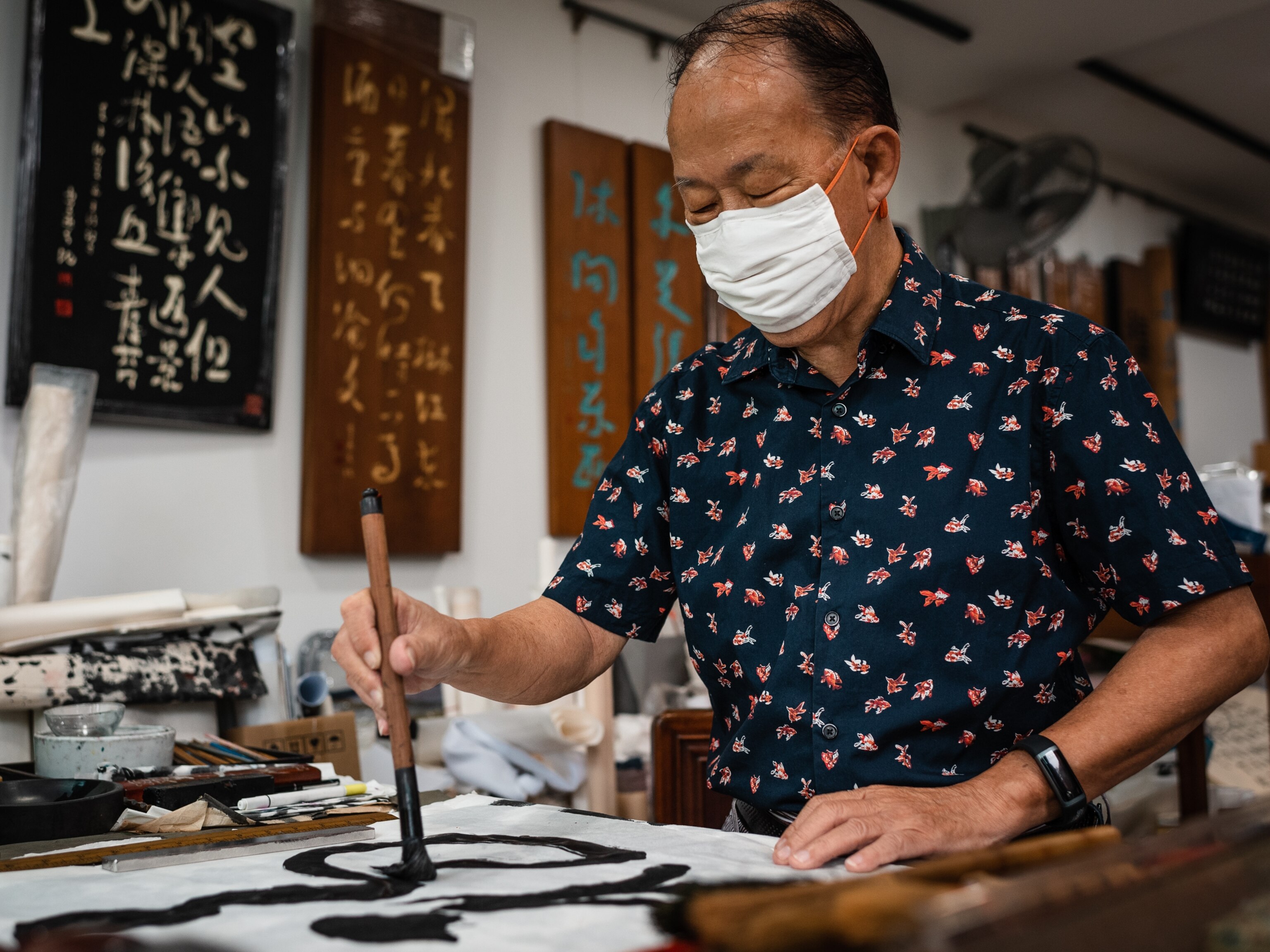A theater practitioner with ancestral links to an ancient sea goddess weaves his fascination with history into his plays. A traditional Chinese craft shop owner preserves his grandfather’s store as a living museum. A mother and daughter share heirloom Indian Muslim recipes of their family’s ancestors, through a home-based cooking experience.
What binds them? It’s the shared belief that heritage is not just a relic, but something sacred to protect and share.
For theater veteran Jonathan Lim, 45, it started with his family’s quest to retrace their forgotten roots.
Jonathan’s late grandfather was the first of his Teochew clan to leave his village in Chao An in China’s Guangdong province for Southeast Asia. The family only had his grandmother’s lullaby for reference - which cryptically referenced a tree, bridge, temple, and black door.
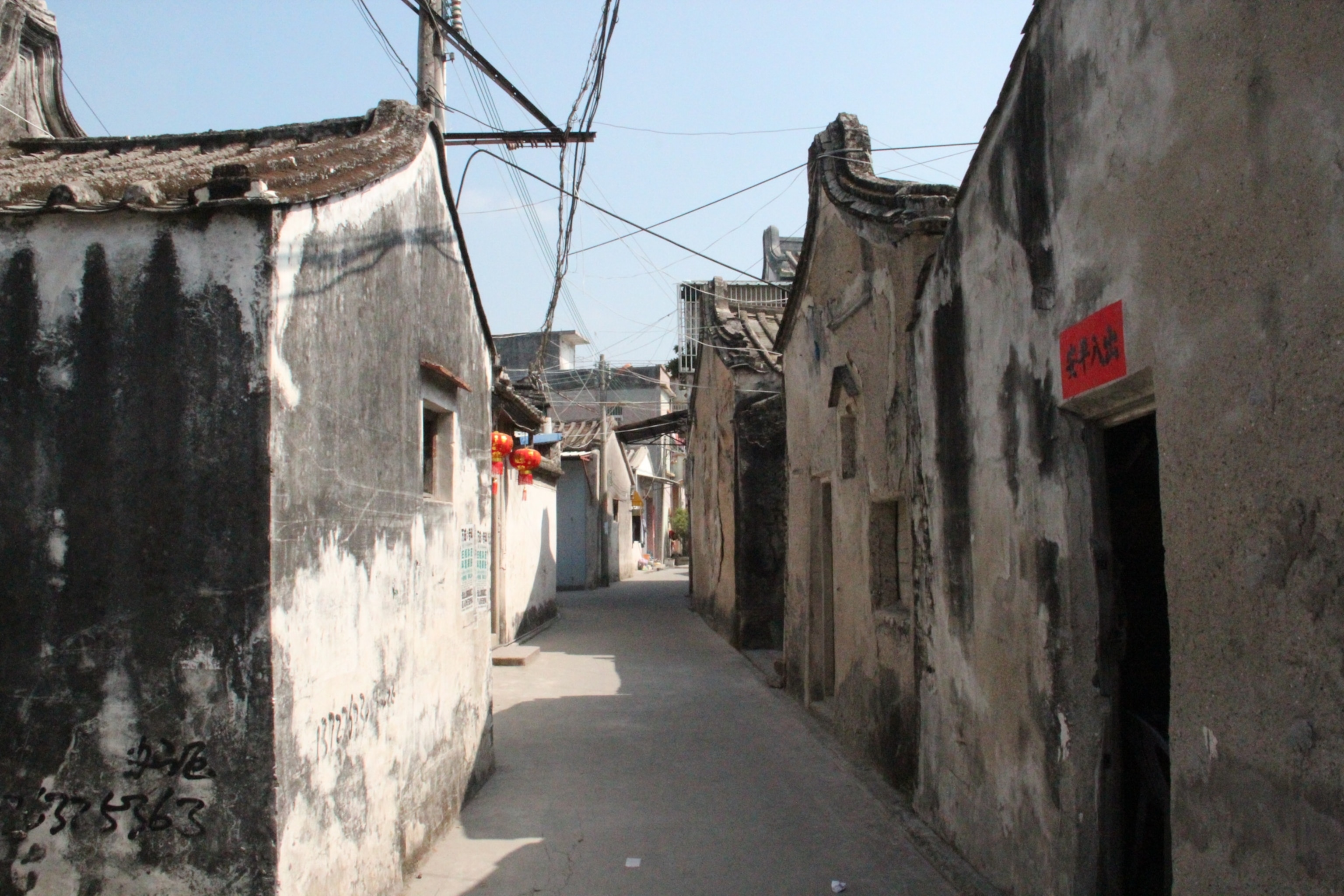
When the Lims finally tracked down their ancestral village in 2005, they discovered an incredible ancestral connection – they were descendants of Lin Mo, a young woman who was believed to have transformed into the Mazu sea goddess deity. Early Chinese immigrants to Singapore would pray to Mazu for safe journeys at sea and later dedicated the Thian Hock Keng Temple to her.
This revelation spurred Jonathan to weave his extraordinary tale into his book Between Gods and Ghosts. For the younger generation of English readers, he wanted to show how ghosts and gods are inexplicably linked and a “messy, interconnected part of our culture.”
Today, he gathers historical tidbits wherever goes – from legends about Mazu to interesting religious rituals he observes at temples, which he stows away as material for future plays.
While writing the Four Horse Road play staged in March and April 2020, Jonathan explored 160 years of lesser-known histories around Waterloo Street, one of Singapore’s oldest streets.
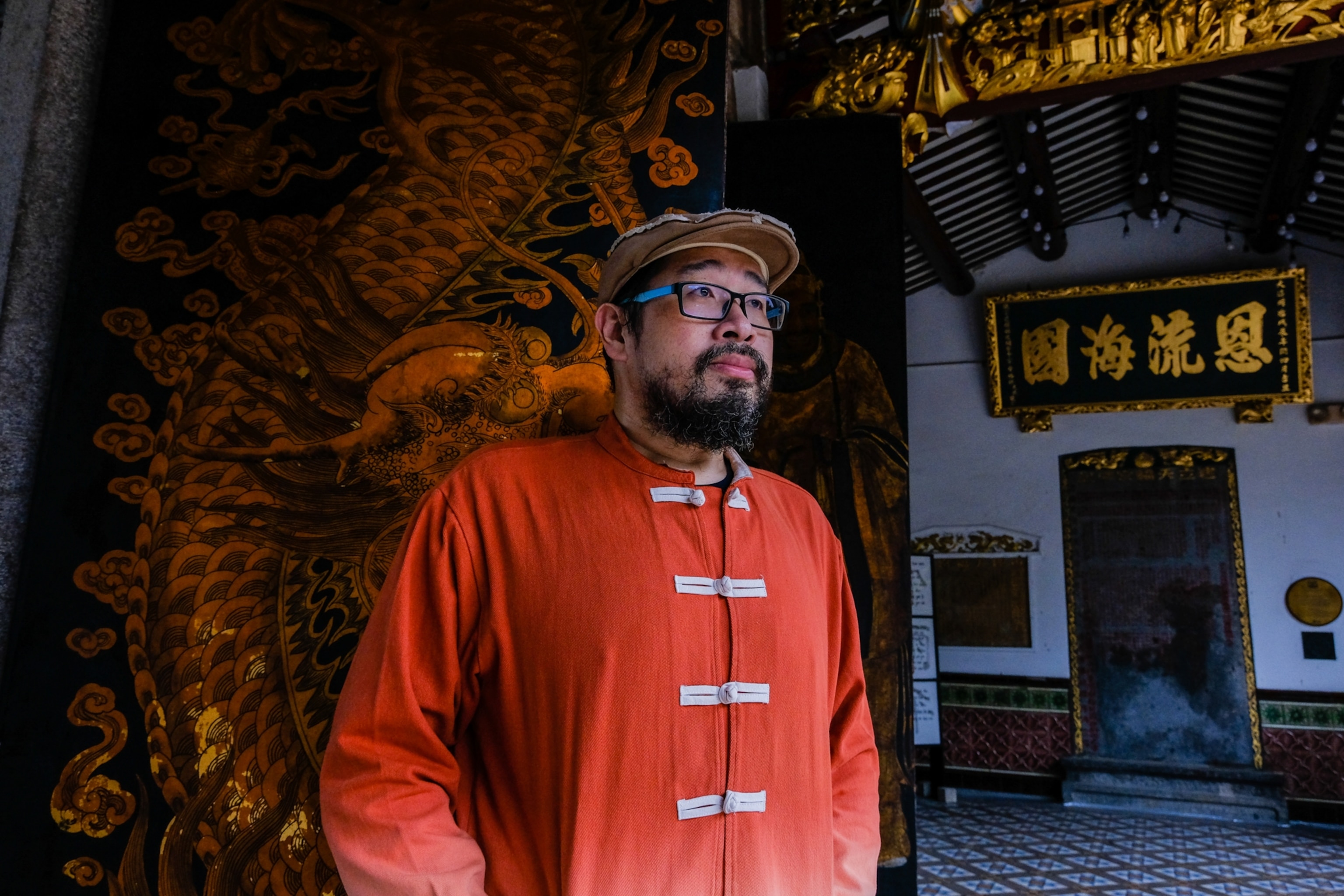
He was intrigued by the area’s deeply intertwined multiculturalism and multi-religiosity.
For instance, he discovered a small altar dedicated to Guan Yin (the Goddess of Mercy) within the Sri Krishnan Temple, just next to the Kwan Im Thong Hood Cho Temple. It inspired Jonathan to create a story about the encounter between a mainland Chinese concierge and a local Indian volunteer both burning kim zua (paper offerings) in the back alley.
“Everyone will go on a journey of discovery of some sort when they start asking questions,” he says. “Things from the past still enrich the present in very intangible ways.”
Growing up in his grandfather’s shop, Jeffrey Eng recalls the wonder he felt in this massive “playground” filled with drums, gongs, erhus, elaborate opera props, costumes and martial arts weapons.
In 1937, his grandfather Eng Tiang Huat set up a tailors on Merchant Road, which he named after himself. A well-respected figure in the community, he was an active committee member in several clan associations who many Teochew people sought help from.
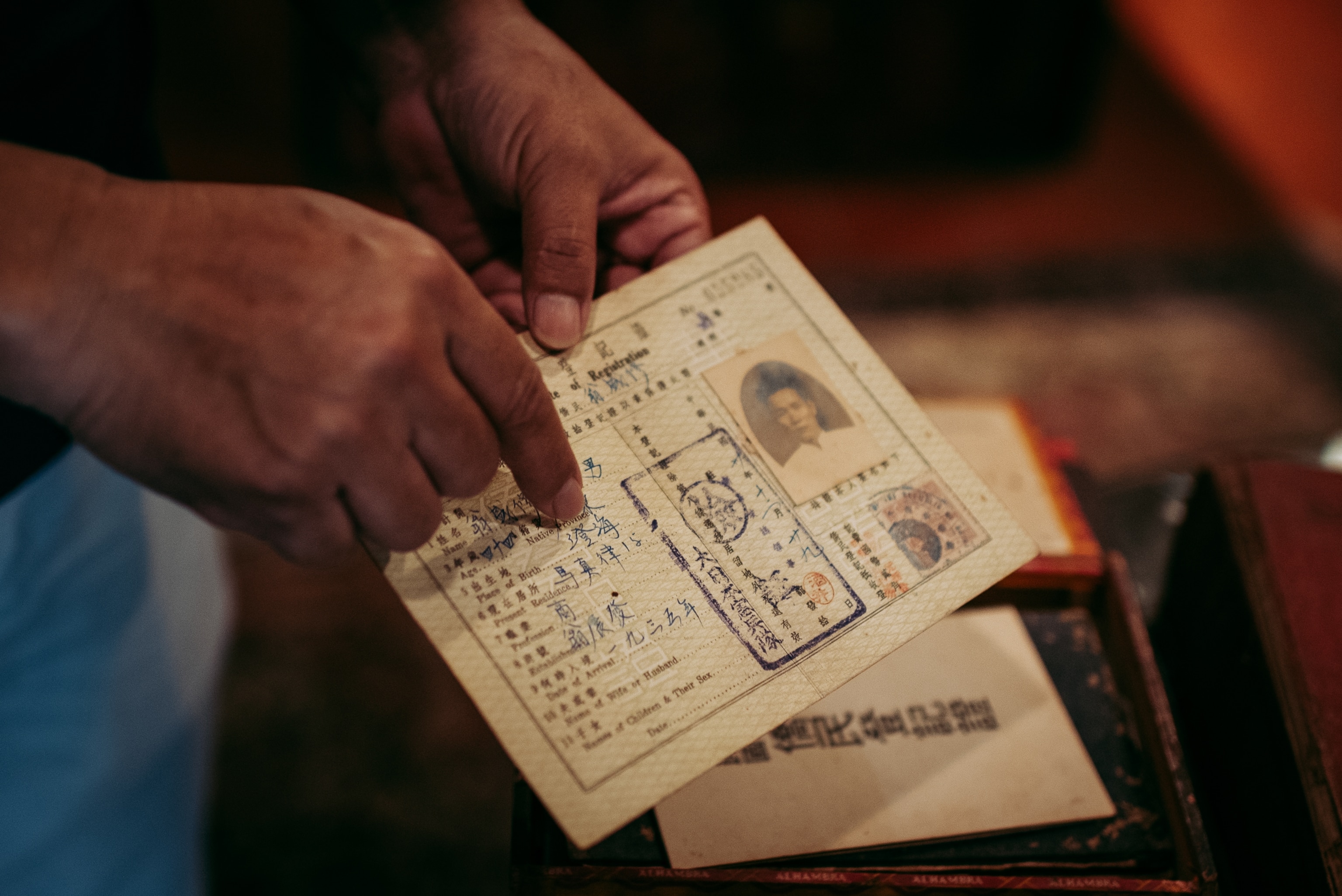
Now located in a two-storey conserved shophouse in Geylang, the shop remains an important Chinese cultural hub and supplier to various temples, clan associations and opera troupes in Singapore.
With the shop, Jeffrey, 60, says that many visitors have a renewed interest to learn more about the Chinese clans and associations and visit other religious institutions in the nearby vicinity.
Thanks to Facebook, he now gets enquiries from New York to Japan about old, hard-to-find items they can buy from his shop or are keen to learn more on Chinese culture and heritage.
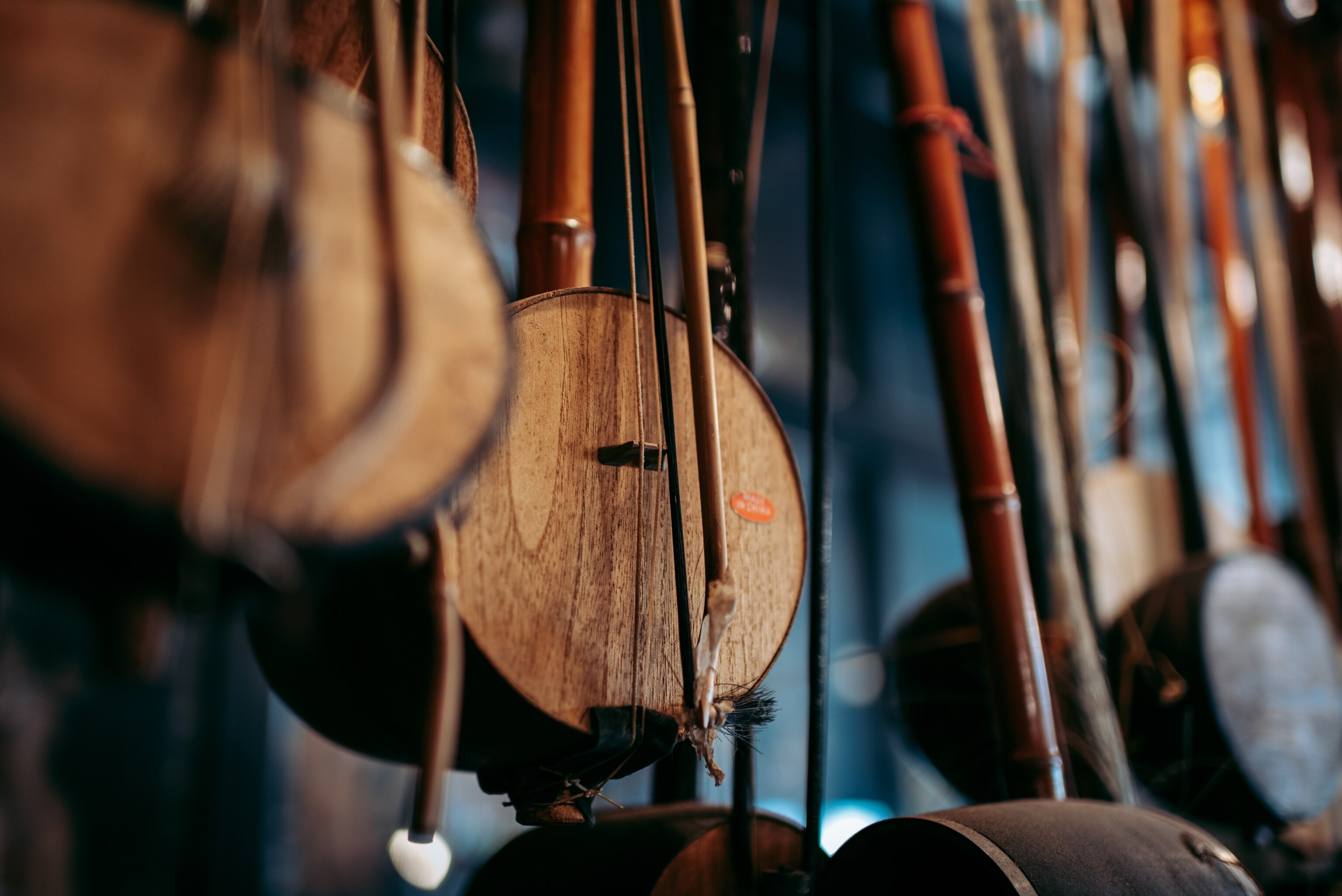
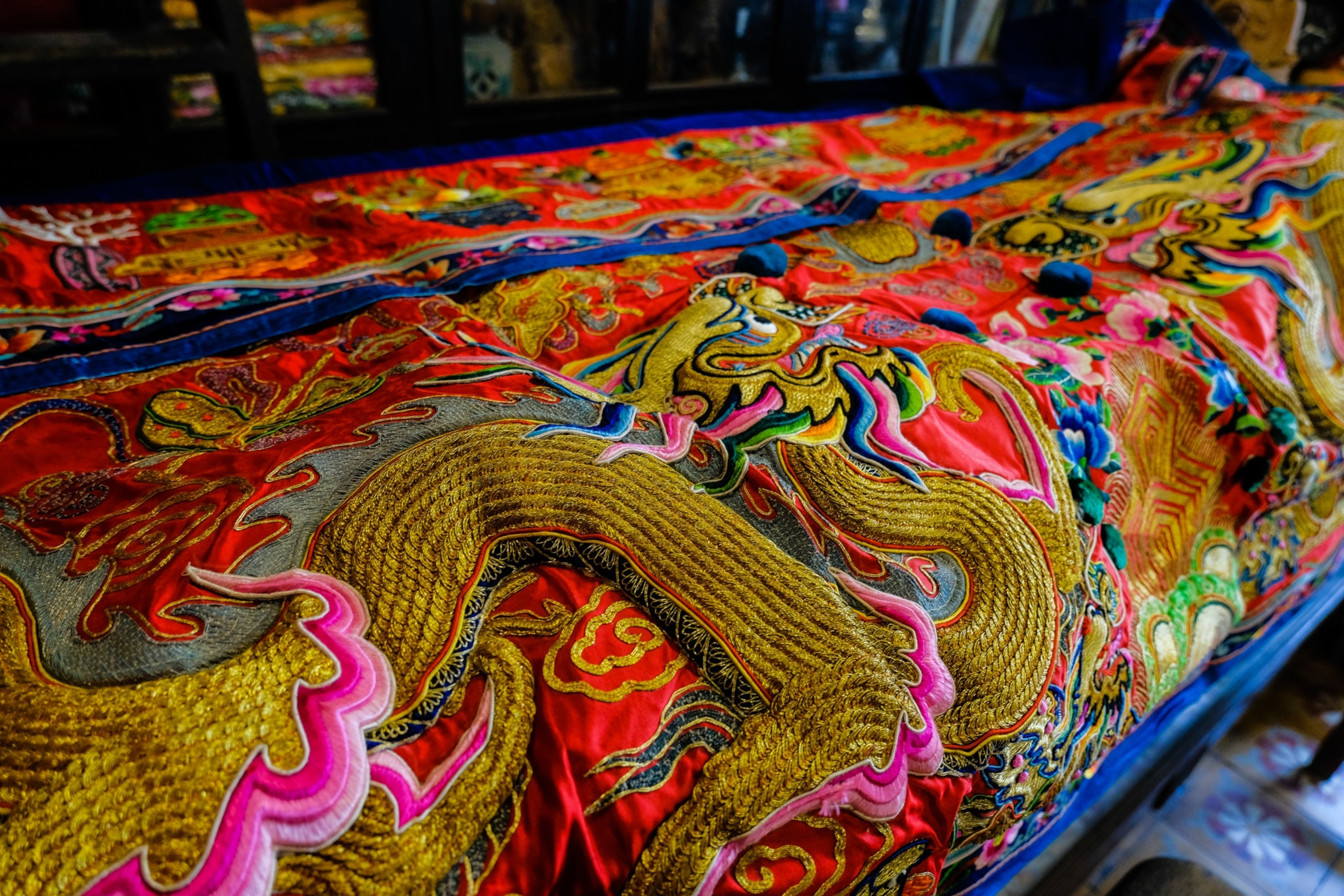
Content to spend entire afternoons regaling his tales, Jeffrey says, “I hope my shop can be an entry to educate those who wish to know about our rich traditional cultural heritage and roots.”

Through preparing dishes like mee siam briyani and varuthamavu roti, their kitchen became an entry point for Taahira Ayoob and her mother Zaithoon Ibrahim to share Indian Muslim food, culture and history.
They started Spice Zi Kitchen in 2019, after being inspired by experiencing the warm hospitality enjoyed over home-cooked meals during a trip to Uganda.
Their ancestors originally hailed from a small town called Kadayanallur in South India, and left for Singapore in the 1930s. Zaithoon and her relatives then recreated their recipes with their own local twist, using ingredients like pandan, tofu, tempeh, vermicelli, and lemongrass unique to the Southeast Asian region.

Over the cookery sessions, they also dish out information about festivals celebrated by Indian-Muslims such as Hari Raya Puasa and the origins of Kadayanallur Street in Tanjong Pagar.
Through this experience, it breaks “invisible barriers”, says Zaithoon, 56. They have since stepped up public education efforts, recently speaking in a panel discussion by the Singapore Heritage Society.
Taahira will launch a new initiative with Singaporean cookbook author Pamelia Chia, called Pass the Pasar. Using Instagram, they educate young people about wet market produce and challenge them to start cooking.
“We are just a small speck in our community, but through Spice Zi Kitchen, it’s become something bigger than ourselves,” adds Taahira, 28.
Amid Singapore’s rapid modernization, these three hope to inspire more locals to safeguard their rich heritage – be it through documentation, community engagement or public education.
Rather than seeing heritage as a large block to chip away at, which is too intimidating, give people “intimate and personal reasons to be curious and go deeper,” Jonathan says.
“The way forward is to start finding ways to repackage it as your story, the story of your house, neighbourhood, community,” he says. “Through the story of my celestial aunt, history reached out and pulled me in. I want to replicate that journey for other people.”



